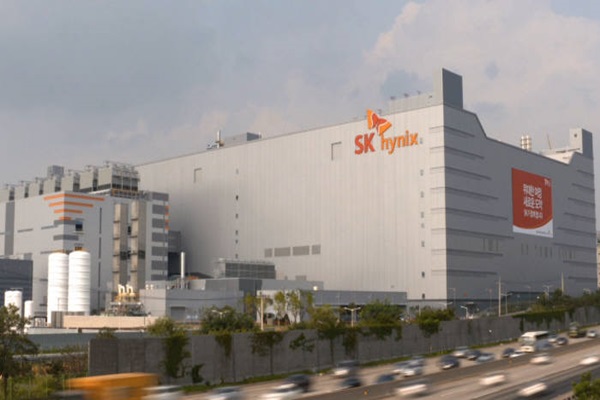Businesses to Convert Processes or Extend Facilities Due to Fast Speed of 3D NAND-Flash
Huge amount of high-capacity Smartphones or PCs with 3D NAND-Flash are expected to be produced next year because memory semiconductor industry is forecasting emergence of major storage devices as it is focusing on making facility investments in 3D NAND-Flash.
3D NAND-Flash products have faster speed and higher reliability than 2D products. Samsung Electronics first installed 3D NAND Flash-based UFS (Universal Flash Storage) into Galaxy S7.
According to related industry on the 21st, Toshiba has recently decided to build an additional factory for 3D NAND-Flash and is going to invest $360 million yen ($3.2 billion). Toshiba has yet to make any clear announcement of production capability and completion date of its factory because it has yet to decide whether it is going to make co-investments with SanDisk. In September of 2014, Toshiba made an announcement that it would tear down its 200mm factory and newly build 300mm factory to mass-produce 3D NAND-Flash. Completion date of 300mm factory and starting date of mass-production are going to be sometime in first half of this year. Fact that Toshiba made an announcement of its plan for new investments in the midst of building 300mm factory indicates its intention to focus its capabilities on 3D NAND-Flash.
SK Hynix started mass-producing 36-layer products at M12 Factory in Cheongju. By the time 48-layer products are finished with development, SK Hynix is going to officially convert M12 Factory to produce 3D NAND-Flash and produce 30,000 sheets per month based on introduction of wafer. SK Hynix is also going to mass-produce 3D NAND-Flash at 2-story M14 Line, which is a new factory in Icheon, and start constructing a cleanroom this year.
Micron is starting to convert 10X, which is a factory in Singapore for 2D NAND-Flash, into a factory for 3D NAND-Flash and is planning to enter mass-production system after middle-end of this year.

Intel invested $5.6 billion (6.5 trillion KRW) in Dalian, China and is converting system semiconductor factory into a production factory of 3D NAND-Flash. It is going to start mass-producing 3D NAND-Flash in second half of this year. It is predicted that nonvolatile memory called 3D CrossPoint, which is co-developed with Micron, will be produced at this factory in the future.
It is predicted that Samsung Electronics, which established mass-production system of 3D NAND-Flash the fastest out of all businesses, will also carry out additional investments. 3D NAND-Flash factory in Xi’an is already filled up with permissible production capability of 100,000 sheets. Industries are predicting that 3D NAND-Flash will be mass-produced at 18 Line in Pyeongtaek that will start its operation next year.
“Starting from second half of this year, all memory semiconductor businesses will have mass-production system of 3D NAND-Flash.” said a representative for this industry. “It is predicted that there will be more supplies of SSD (Smartphone Storage Device) with 3D NAND-Flash.”
Capacity and speed of 3D NAND-Flash is far more superior compared to 2D products and this indicates that a finished product with 3D NAND-Flash will also have higher performance.
Rear-end equipment industry will also benefit from facility investments done on 3D NAND-Flash. Because 3D NAND-Flash has a layered structure, experts predict that demands for etching and deposition equipment will increase. It is predicted that wafer pattern inspection equipment that is specialized for layered structure will be commercialized for the first time this year.
New and converted investments are nonexistent for D-RAM, which has its price dropping continuously, if some of supplemental investments for converting processes are excluded.
Staff Reporter Han, Juyeop | powerusr@etnews.com
